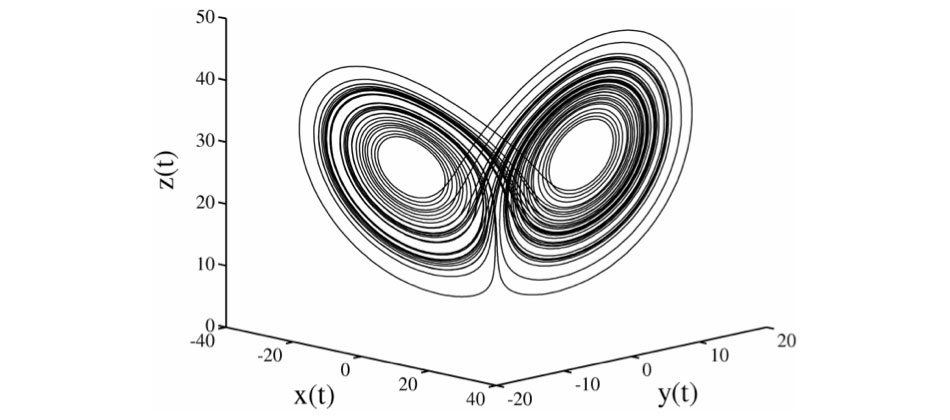General presentation of our research activities
(1) Fundamentals of lasers and chaos
What’s a laser?
You have probably been fascinated by laser beams seen in futuristic movies such as Star Wars or in Disneyland’s live shows, I guess? Except for emitting straight beams, do you know how lasers differ from ordinary light sources such as the sun or fluorescent lamps? Actually a laser beam is a recently man-designed beautifully-organized light. But, what do we mean by beautifully-organized? A laser beam can be seen as an incredibly huge number of particles of light (called photons) behaving in total harmony, all having the same wavelength and phase. In more technical terms, we speak of coherent light, and this very coherent light has become a key element of the society we live in!
 Figure1: Laser
Figure1: Laser
What can we do with lasers?
Lasers play a fundamental role in the society of information and communication we live in. In all the Internet services people enjoy every day, the main support for data transmission is actually based on optical fibers and laser signals. Data transmission rates using laser support can reach more than 10 Gbits per second (in one second’s time, more than ten billion bits can be transmitted). It is light technology that allows us to send movies, music and so on instantly anywhere in the world! And in our homes, all the devices reading digital media like CD, DVD and BD players include lasers as well.
Lasers are also used in therapeutic applications: many people are already experiencing the benefits of laser technology when being operating for eyesight recovery or with laser scalpels. And this is without mentioning many other laser applications, now part of our lives, like industrial laser processes, laser marking, laser instrumentation and so on.
What is chaos?
Phenomena like the falling of an autumn leaf or the ascending of smoke may look like random motions at first sight. However, those random-looking behaviors are governed by very precise unsuspected rules. Such kinds of phenomena are called chaotic phenomena. Technically speaking, chaos refers to irregular fluctuations governed by deterministic rules.
Chaotic systems can be observed in nature. For example, electronic circuits and lasers, chemical reactions, biological phenomena, brain activity, weather changes, and other random-like phenomena are chaotic systems. An essential feature of chaos is the property of extreme sensitivity to initial conditions, meaning that even a very small change in the initial conditions can result in totally different future evolutions.
 Figure2 : Chaos
Figure2 : Chaos
How can we use chaos?
Since chaos is a random-like phenomenon, it was initially considered unsuitable for industrial applications. However, many applications have been thought about in the last decades. Consumer electronics such as fans producing naturally varying breezes, chaotic washing machines or dish washers are examples of applications of chaos. In the field of artificial life, chaos theory has also been practically implemented with, for instance, a device mimicking the motion of a mouse designed as a distraction for cats.
Chaos dynamics is also used in research fields studying neural networks, based on the structure of the brain. In Japan, research activities are energetically being carried out with the objective of designing neuro-computers, with performances close to the human brain, much more advanced than our current computers.
Laser+chaos=?
In our laboratory, we study systems combining the features of both chaos and lasers. But what on earth can possibly happen when mixing together the purity of laser light and the irregularity of chaos?
We vigorously take the challenge of developing new research themes and subjects that are not being studied yet. The best illustration of this is the process of fast physical random number generation. Those random numbers are organized in sequences of bits that constitute nowadays indispensable elements in the fields of security information and large-scale numerical simulations. By combing the benefits of laser speed and chaos irregularity, we have been able to exceed the previous random bit generation record of 1 Gbit/s (one billion bits generated per second) and to produce the world’s leading fast random bit generator. Even more, by improving the technique, we recently came to a rate exceeding 1Tbit/s (one trillion bits generated per second).
In terms of novel methods for information security, we developed a method for secure secret key distribution in information theory. By using this method, the development and improvement of communication systems including information security functions are being performed continuously. Security issues are expected to become crucial matters in the development of information technology. In consequence, we work on shaping research objectives aiming at developing innovative technology.
